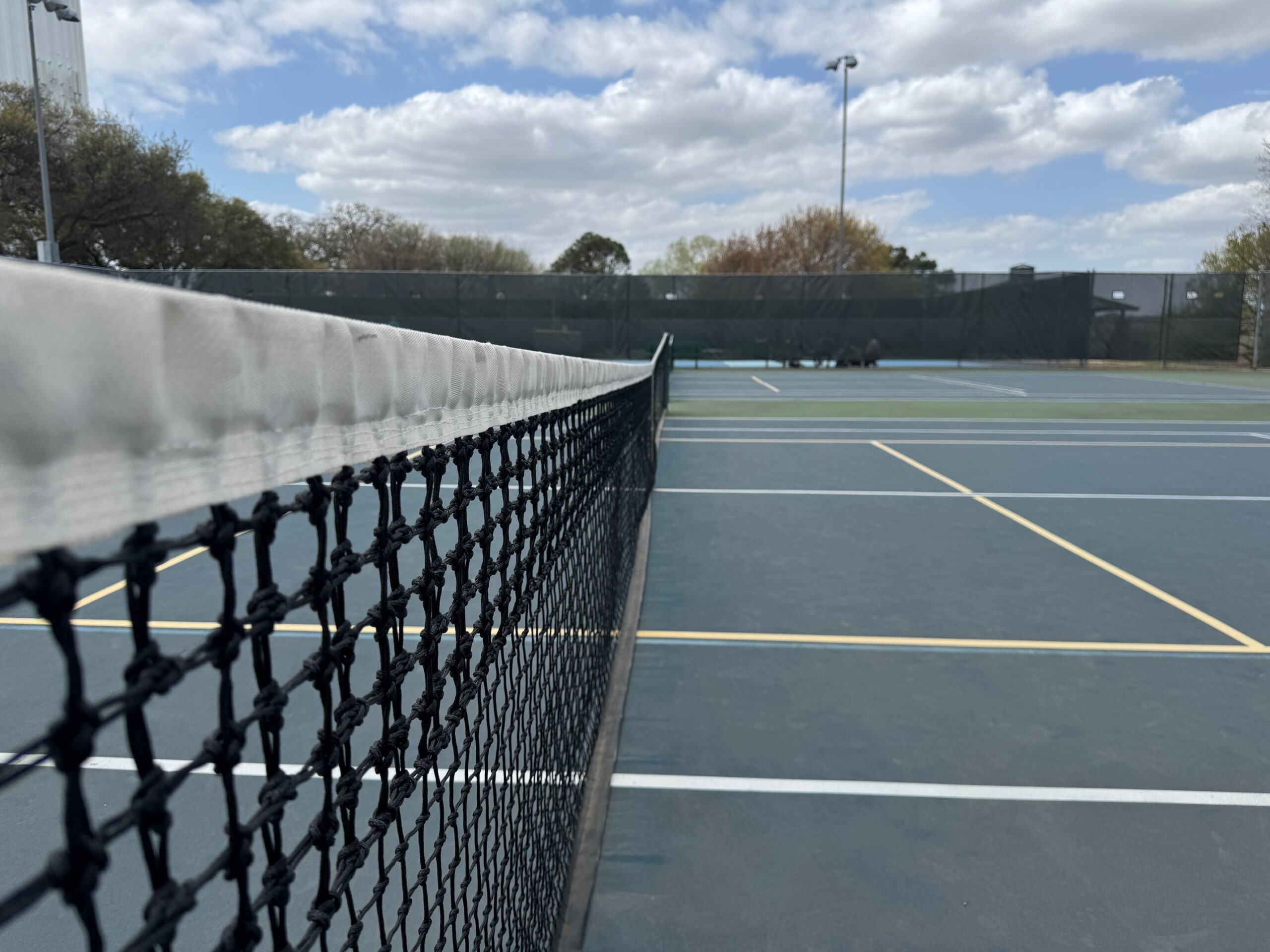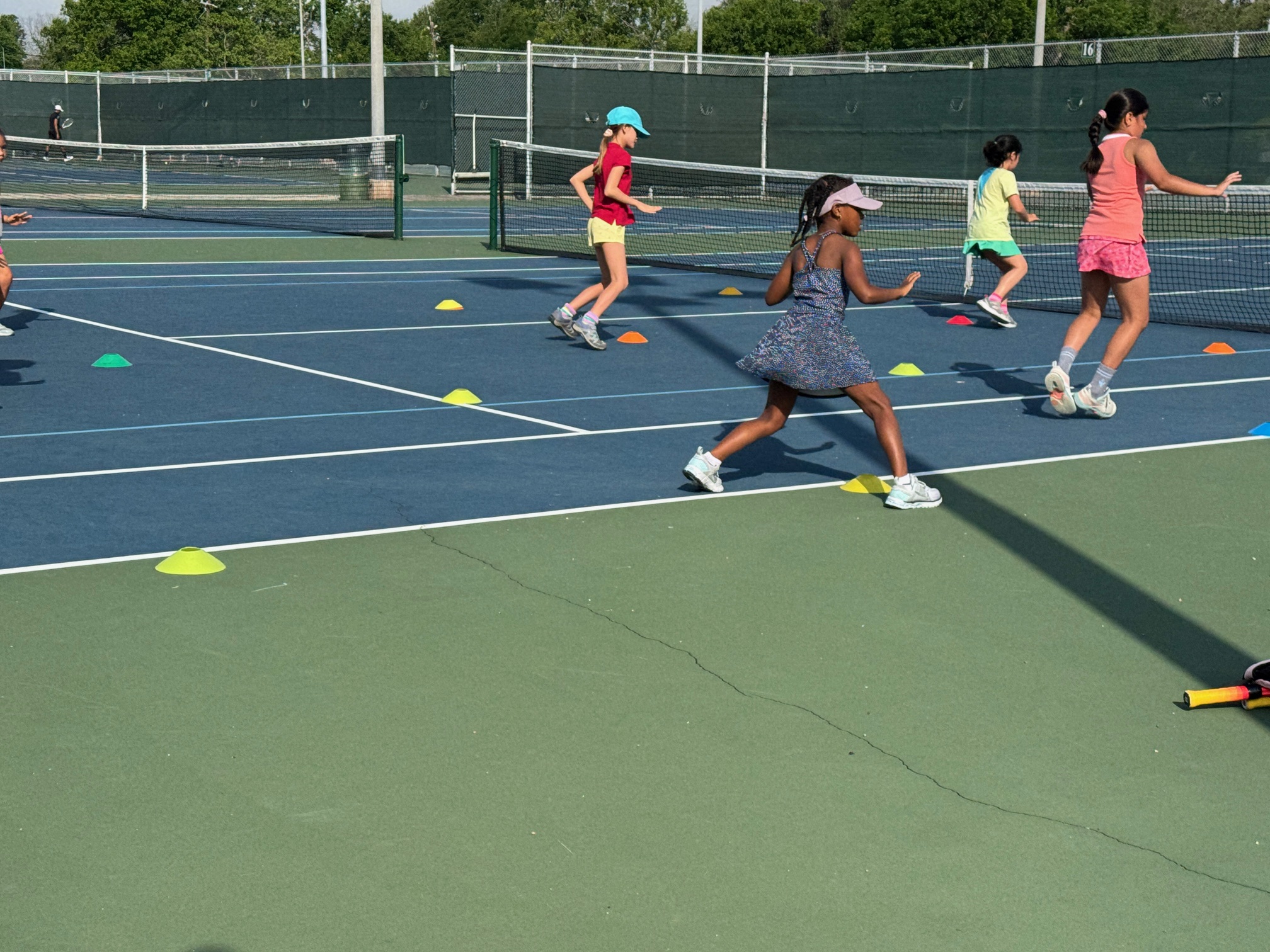Tennis Hits the Books
This is the final installment of the series of posts on Tennis Tactics and Patterns of Play. Tennis at a high competitive level involves playing with intent. The foundation of that is adding deliberate structure to practice and training. The most effective tool for improving your tennis play may very well be a calendar.
Planning for Intention
In early June, in the midst of the COVID-19 full suspension of play, the downtime brought me to the realization that my own tennis practice and preparation had been suffering under the tyranny of the tournaments and leagues that were dominating my calendar. I was spending so much time competing and preparing for imminent matches that mattered, that I was spending little to no time investing in my own tennis improvement.
I have always created a tennis plan that maps out my planned tournaments and competitions for each calendar year. My weekly habit also included mapping out my tennis training on a weekly basis. My problem was that the planning was oriented more along fitting tennis in amidst my life and career constraints and was not including considerations for tennis improvement. Following that COVID-19 shutdown revelation, I am now creating longer arc plans which includes some focus on making long term investments in my own level of competitive play.
I do not know how common it is for players to construct practice sessions with focused intention. I suspect that the majority of players autopilot into some repetitive pattern of group drills, baseline rallying with a practice partner, and practice matches.
An improvement on that formula would be to start each week with overarching practice objectives in mind. Those objectives should originate from an analysis and understanding of the player’s own game to identify what is currently most impactful or important in the arc of competitive improvement. Once the objectives are known, playing opportunities can be intentionally structured around them.
Training With Intention
I have previously mentioned “Fit to Play Tennis: High Performance Training Tips” by Carl Peterson. This book is a great illustration of the adage “You can’t judge a book by it’s cover.” Off the shelf, the book appears to be primarily focused on fitness, but in actuality it is a full scope manual for structured training for tennis across multiple dimensions.
Part one of the book contains ten chapters and over 150 pages specifically on effective ways to structure training and practice. A lot of the recommended activities are “off court” training designed to build strength, agility, and flexibility for tennis. However, there is a lot of information on how to structure effective on court tennis practice sessions.
As an example, Chapter 9 contains an outline on a maintenance routine for competitive players to ensure that they are spending some time rotating through each shot in a rally practice. That sequence is very close to the hitting session that I do with one of my training buddies every Tuesday. In fact, in the weeks when we have to cancel that session I can feel the absence in my weekend matches.
Pulling It All Together
I started down this path off a question from one of my friends on point composition. In the true spirit of Fiend at Court it wasn’t a short answer. In Part 1 of this series, I outlined how I am not a big fan of tennis playbooks. It is much better for a player to develop an awareness of what they are capable of tactically, and developing a game play around that.
In Part 2, we expanded on the methods for a player to develop self-awareness of their own inventory of strengths and weaknesses. This was followed up with a detailed case study of how Rafael Nadal uses his serve to set up his second shot that is aligned with his strengths in Part 3.
Last week, in Part 4, we talked about how to look across the net to evaluate opportunities to exploit weaknesses in an opponent’s game as well as identifying their strengths that we would want to avoid playing into.
This week the series is concluded with the importance of training with intention. If the focus is on point composition, that training should be structured around understanding and expanding a player’s own arsenal of tactics. Additionally the ability to watch tennis for tactical analysis of a prospective opponent should be included in the plan. An intentional training plan pulls it all together.
Fiend At Court participates in the amazon associates program and receives a paid commission on any purchases made via the links in this article. Additional details on the disposition of proceeds from this source are available in the “About Fiend at Court” page.




